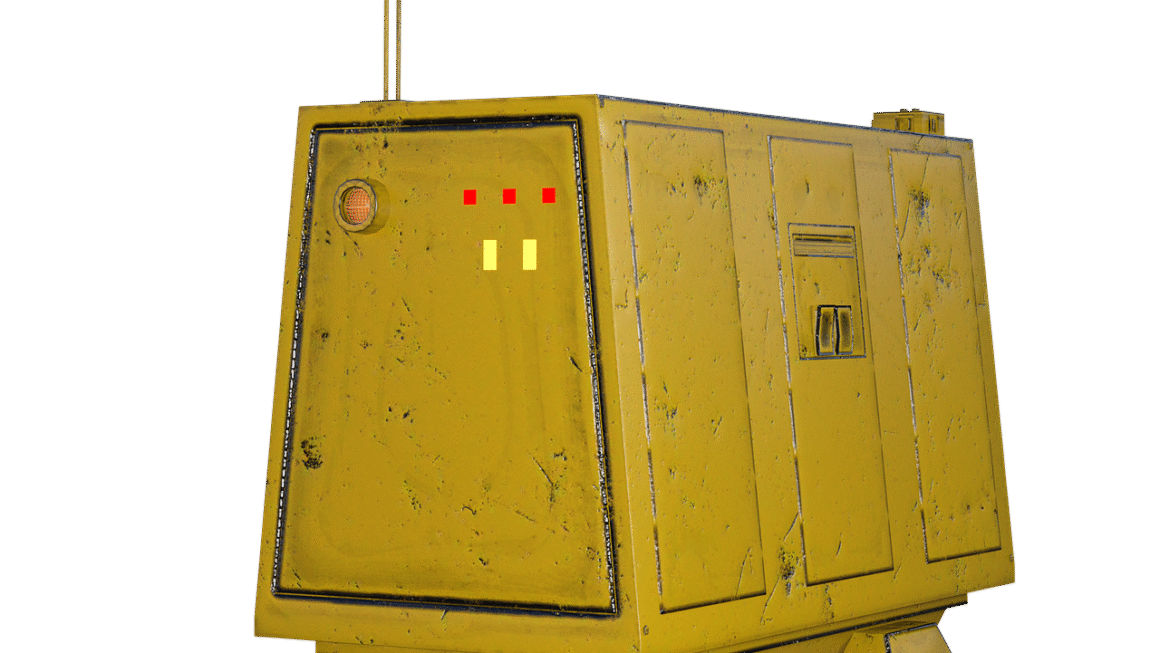Reinforcement learning (RL) is revolutionizing how machines learn to make decisions in complex environments. Unlike supervised learning, which relies on labeled data, or unsupervised learning, which discovers patterns without guidance, reinforcement learning empowers agents to learn through trial and error, optimizing for a long-term reward. This approach has led to breakthroughs in diverse fields like robotics, game playing, finance, and healthcare. In this comprehensive guide, we’ll delve into the core concepts of reinforcement learning, explore its various algorithms, and discuss its real-world applications.
What is Reinforcement Learning?
The Core Idea
Reinforcement learning is a type of machine learning where an agent learns to make decisions in an environment to maximize a cumulative reward. The agent interacts with the environment by taking actions, and the environment responds with a new state and a reward. The agent uses this feedback to improve its decision-making policy over time. Think of it like training a dog: you give the dog a command (action), the dog performs it (interaction with the environment), and you reward good behavior with a treat (reward).
Key Components
- Agent: The decision-making entity.
- Environment: The world the agent interacts with.
- State: The current situation the agent is in.
- Action: A choice the agent makes.
- Reward: Feedback from the environment for the agent’s action.
- Policy: The strategy the agent uses to choose actions based on the current state.
- Value Function: Estimates the expected future reward for a given state or state-action pair.
Distinguishing Reinforcement Learning
Reinforcement learning differs significantly from other machine learning paradigms:
- Supervised Learning: Requires labeled data (input-output pairs), whereas RL learns through interaction and feedback (rewards).
- Unsupervised Learning: Focuses on finding patterns in unlabeled data, while RL seeks to optimize decision-making for a specific goal.
- RL uniquely handles sequential decision-making problems.
- Example: Training a self-driving car. The car (agent) interacts with the road (environment), observes its position and surroundings (state), takes actions like accelerating or braking (action), and receives positive rewards for reaching the destination safely and quickly, and negative rewards for collisions or traffic violations (reward).
Key Reinforcement Learning Algorithms
Q-Learning
Q-learning is a popular off-policy reinforcement learning algorithm. It aims to learn the optimal Q-value for each state-action pair. The Q-value represents the expected cumulative reward of taking a specific action in a given state, following the optimal policy thereafter.
- Off-policy: The agent learns from experiences generated by a different policy than the one it’s currently following.
- Update Rule: Q(s, a) = Q(s, a) + α [r + γ maxₐ’ Q(s’, a’) – Q(s, a)]
`Q(s, a)`: Q-value of state `s` and action `a`.
`α`: Learning rate (how much to update the Q-value).
`r`: Reward received after taking action `a` in state `s`.
`γ`: Discount factor (how much to value future rewards).
`s’`: Next state after taking action `a` in state `s`.
`maxₐ’ Q(s’, a’)`: Maximum Q-value achievable from the next state `s’`.
- Practical Tip: Use an exploration-exploitation strategy (e.g., epsilon-greedy) to balance exploring new actions and exploiting known high-reward actions. Epsilon-greedy means the agent chooses the best action with probability 1-epsilon and a random action with probability epsilon.
SARSA (State-Action-Reward-State-Action)
SARSA is an on-policy reinforcement learning algorithm. It’s similar to Q-learning, but it updates the Q-value based on the action the agent actually takes, rather than the action with the maximum Q-value.
- On-policy: The agent learns from experiences generated by the policy it’s currently following.
- Update Rule: Q(s, a) = Q(s, a) + α [r + γ Q(s’, a’) – Q(s, a)]
`a’`: The action the agent actually takes in the next state `s’`.
- Key Difference: SARSA is more conservative than Q-learning because it considers the policy the agent is currently following. If the current policy is suboptimal, SARSA will learn a suboptimal Q-function.
- Example: Imagine an agent learning to navigate a maze. If the agent occasionally makes mistakes (explores suboptimal actions), SARSA will factor those mistakes into its Q-value estimates, while Q-learning would always assume the agent will take the optimal action in the future.
Deep Q-Networks (DQN)
Deep Q-Networks (DQN) combines Q-learning with deep neural networks to handle high-dimensional state spaces. This allows RL agents to learn from complex inputs like images or raw sensor data.
- Neural Network: Approximates the Q-function.
- Experience Replay: Stores past experiences (state, action, reward, next state) and samples them randomly for training, breaking correlations and improving stability.
- Target Network: Uses a separate, periodically updated neural network to calculate the target Q-values, further stabilizing training.
- Benefits of DQN:
Handles continuous state spaces effectively.
Can learn from raw sensory inputs.
Stabilizes training with experience replay and target networks.
- Example: Playing Atari games. DQN can learn to play games like Breakout and Space Invaders by directly analyzing the pixel data on the screen.
The Reinforcement Learning Process
1. Environment Setup
Define the environment: state space, action space, and reward function. This is a crucial step and directly influences the agent’s performance. Careful consideration needs to be given to realistic scenarios and possible edge cases.
2. Agent Initialization
Initialize the agent’s policy or Q-function. This could involve random initialization or using pre-trained models.
3. Interaction Loop
- The agent observes the current state.
- The agent selects an action based on its policy.
- The agent executes the action in the environment.
- The environment provides a reward and the next state.
- The agent updates its policy or Q-function based on the reward and next state.
4. Training and Evaluation
Repeat the interaction loop for many episodes (iterations). Monitor the agent’s performance by tracking cumulative rewards and other relevant metrics.
- Actionable Takeaway: Start with a simple environment and gradually increase complexity. Experiment with different algorithms and hyperparameters to find the best configuration for your specific problem.
Real-World Applications of Reinforcement Learning
Robotics
- Robot navigation: Training robots to navigate complex environments without collisions.
- Robot manipulation: Learning to perform tasks like grasping objects and assembling parts.
- Human-robot interaction: Developing robots that can understand and respond to human commands.
Game Playing
- AlphaGo: Google DeepMind’s program that defeated a world champion Go player.
- Atari games: DQN has achieved human-level performance on many Atari games.
- Strategy games: RL is being used to develop AI agents for complex strategy games like StarCraft and Dota 2.
Finance
- Algorithmic trading: Developing trading strategies that maximize profits.
- Portfolio optimization: Optimizing investment portfolios based on risk and return.
- Risk management: Predicting and mitigating financial risks.
Healthcare
- Personalized medicine: Developing treatment plans tailored to individual patients.
- Drug discovery: Identifying potential drug candidates.
- Resource allocation: Optimizing the allocation of healthcare resources.
- Statistics: According to a report by MarketsandMarkets, the global reinforcement learning market size is projected to grow from USD 8.1 billion in 2023 to USD 27.4 billion by 2028, at a CAGR of 27.6% during the forecast period.
Challenges and Future Directions
Sample Efficiency
Reinforcement learning often requires a large amount of data to learn effectively. Researchers are working on improving sample efficiency by using techniques like:
- Model-based RL: Learning a model of the environment to generate simulated data.
- Transfer learning: Transferring knowledge from previously learned tasks.
- Imitation learning: Learning from expert demonstrations.
Exploration-Exploitation Tradeoff
Balancing exploration (trying new actions) and exploitation (using known good actions) is a fundamental challenge in reinforcement learning. Effective exploration strategies are crucial for discovering optimal policies.
Safety and Ethical Considerations
As RL agents become more powerful, it’s important to ensure they operate safely and ethically. This includes:
- Avoiding unintended consequences.
- Ensuring fairness and transparency.
- Addressing potential biases in the training data.
Future Trends
- Continual Learning: Adapting to changing environments over time.
- Multi-Agent Reinforcement Learning: Training multiple agents to cooperate or compete in a shared environment.
- Explainable Reinforcement Learning: Developing methods to understand and interpret the decisions made by RL agents.
Conclusion
Reinforcement learning is a powerful and versatile machine learning technique with the potential to revolutionize many industries. While challenges remain, ongoing research and development are paving the way for increasingly sophisticated and practical applications. By understanding the core concepts, algorithms, and applications of reinforcement learning, you can unlock its potential to solve complex problems and create innovative solutions. As the field continues to evolve, staying informed about the latest advances will be key to harnessing the full power of reinforcement learning.




